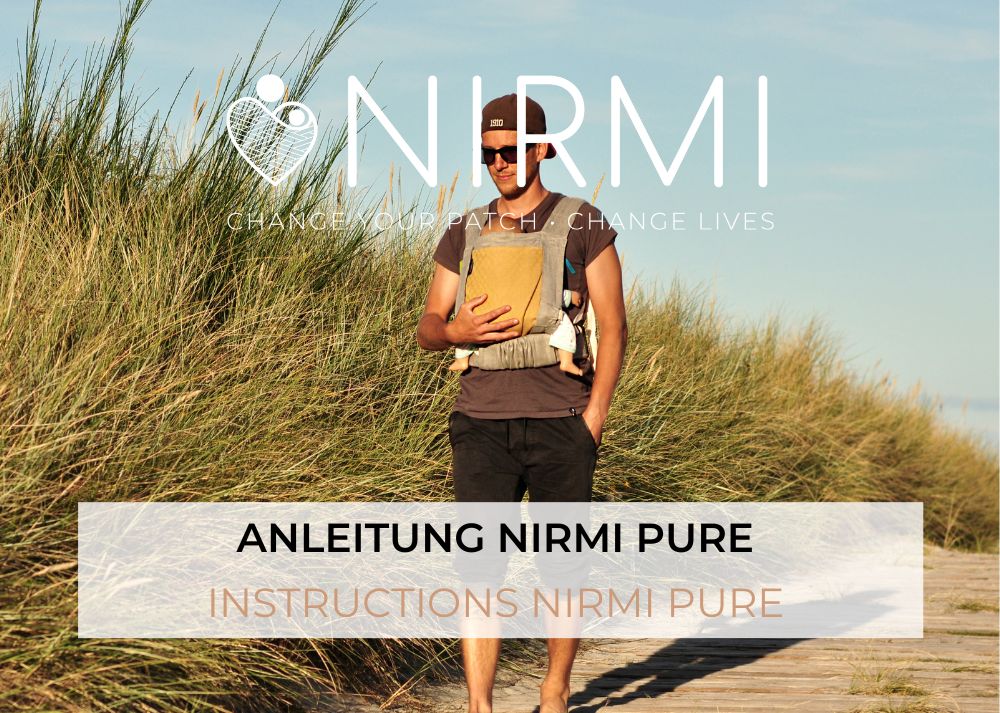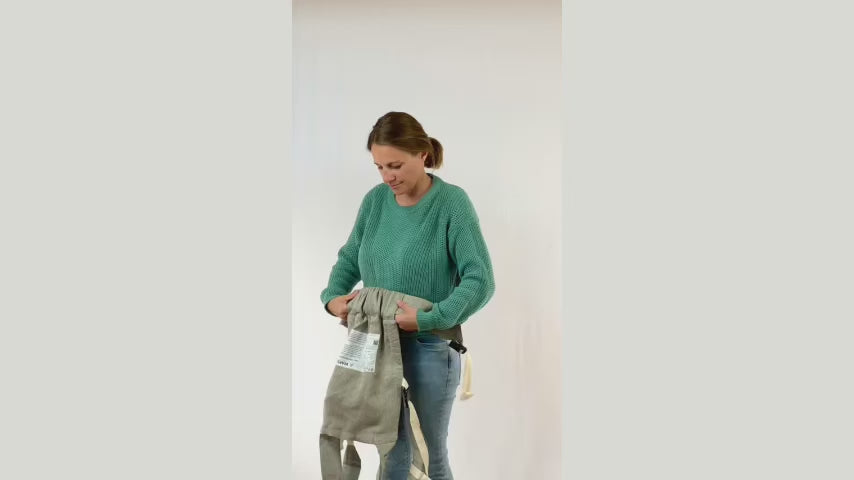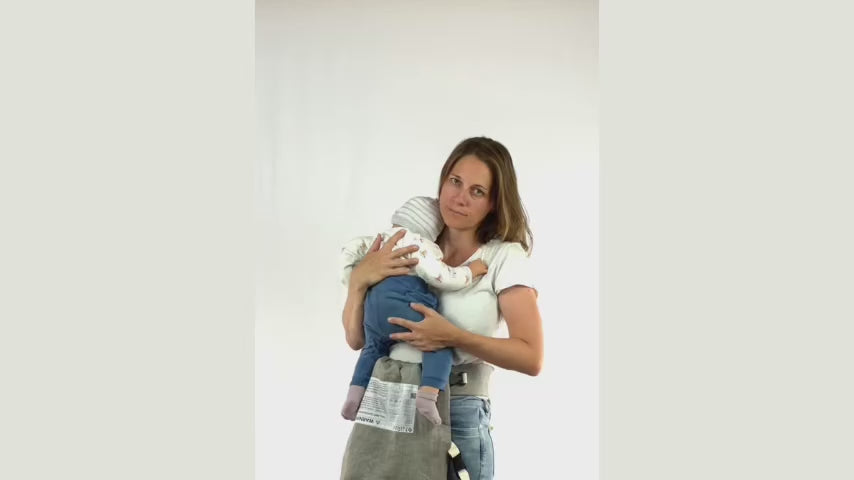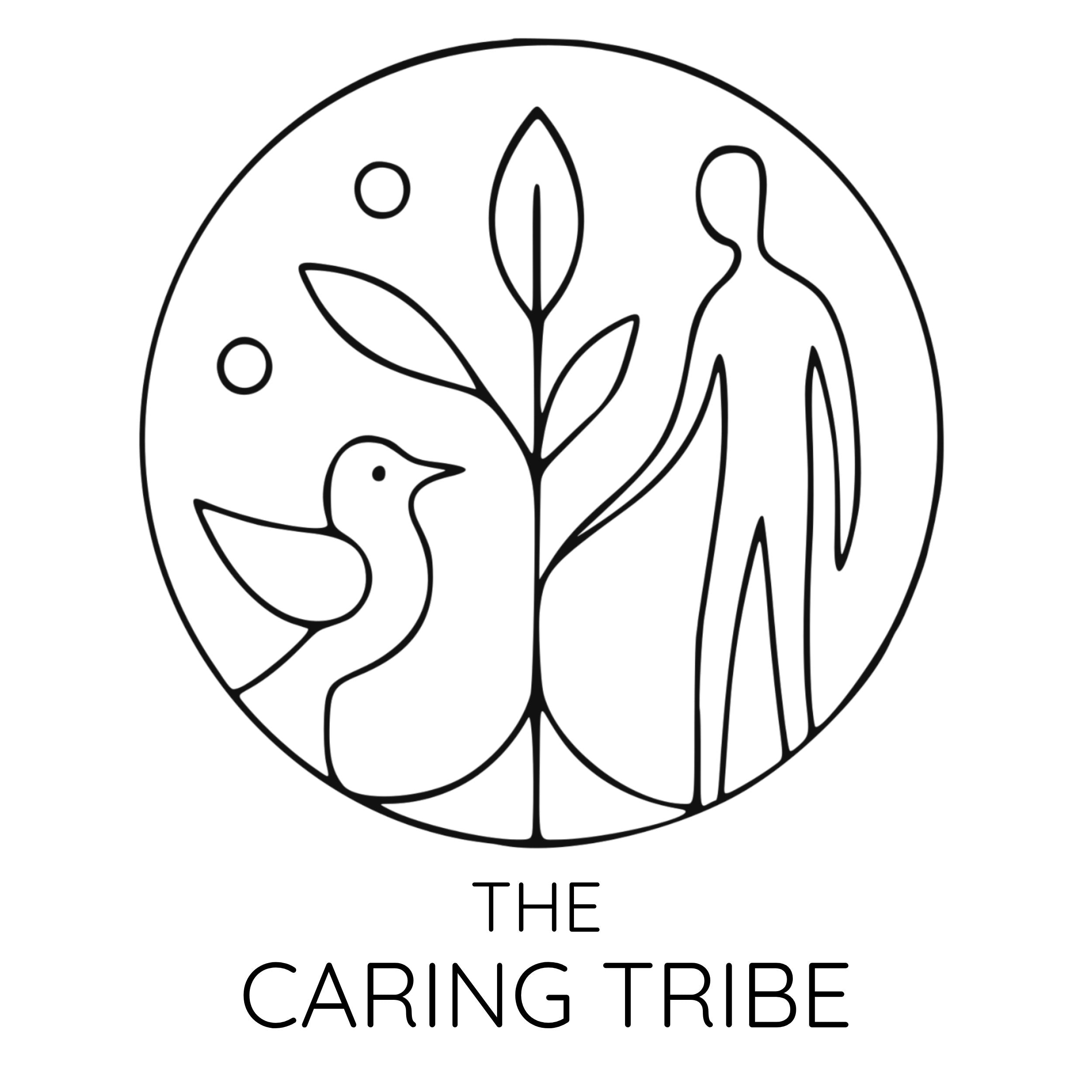Babywearing instructions

checklist
☑️ The baby sits in the correct squatting, spread position in the carrier, the bottom is slightly lower than the knees. The bridge extends from the back of the knee to the back of the knee . The back is slightly rounded.
☑️ The baby sits high enough that you can kiss his head . The smaller your baby is, the higher you should place the hip belt.
☑️ The baby's head does not disappear into the carrier. The back part reaches a maximum of the ear .
☑️ Your baby's nose is exposed and his chin is not resting on his chest.
☑️ The carrier is firm enough to support the baby's back well. When you lean forward, there is no space between you and your baby.
☑️ The carrier is not strapped too tightly , freedom of movement and free breathing are always guaranteed for the baby and the person carrying it.
SAFETY INSTRUCTIONS
⚠️ WARNING:
- Your balance may be affected by your and your child's movement.
- Be careful when bending or leaning forward or sideways.
- This carrier is not suitable for use during sporting activities such as running, cycling, swimming and skiing.
Further warnings (according to EN 13209-2:2015 & ASTM F2236 -16a):
Monitor your child constantly and make sure that their mouth and nose are clear.
For premature babies, babies with low birth weight or medical conditions, medical advice should be sought before using the carrier.
Make sure the child's chin is not resting on his or her chest, as this can affect breathing and cause suffocation.
To prevent the risk of falling, make sure your child is securely positioned in the carrier.
Never open the hip belt while the child is sitting in the carrier!
Great care should be taken near hot objects and when drinking hot liquids (risk of spillage).
Never leave your child unattended in or with the carrier.
The maximum weight allowed for the stretcher is 15kg (33.07lb).
Before each use, check the carrier for torn seams, worn straps/tapes, damaged fabric and damaged fasteners.
The stretcher may no longer be used if parts of it are missing or damaged!
The carrier is only suitable for one child.
Make sure your child is positioned properly in the carrier and the legs are in the correct position, see spread-squat position.
Babies born prematurely, babies with respiratory problems, and babies under 4 months old are at greater risk of suffocation.
Never use the carrier if your balance is impaired, such as due to exercise, dizziness or medical conditions.
Never use the carrier during activities such as cooking and cleaning that involve a heat source or the use of chemicals.
Never use the carrier while driving, even as a passenger.
We recommend trying out the carrier first at home with the help of a second person.
The carrier should be kept out of the reach of children.
Be aware of the increased risk that the child may fall out of the carrier as he or she becomes more active.

Video instructions
Carry in front of the stomach

Video instructions
Back carrying

